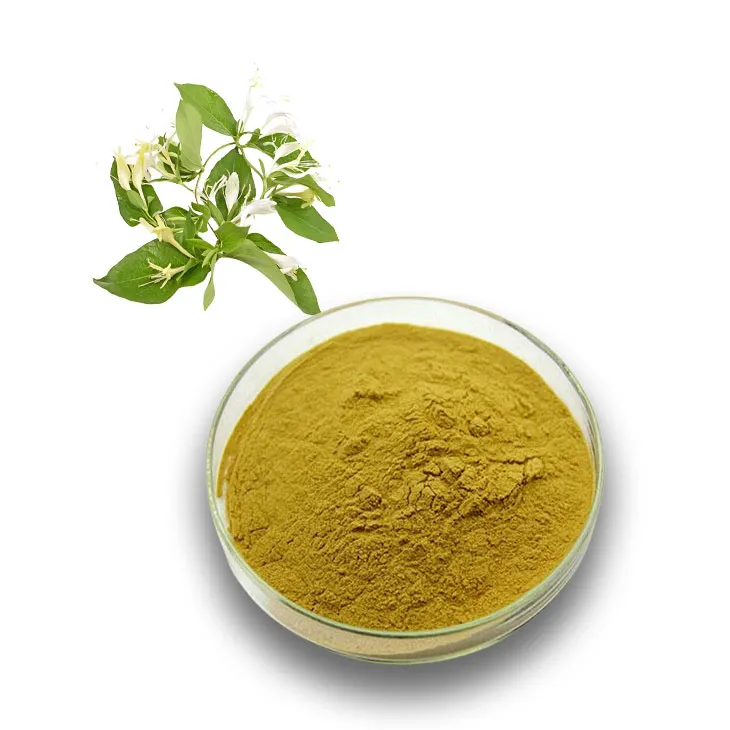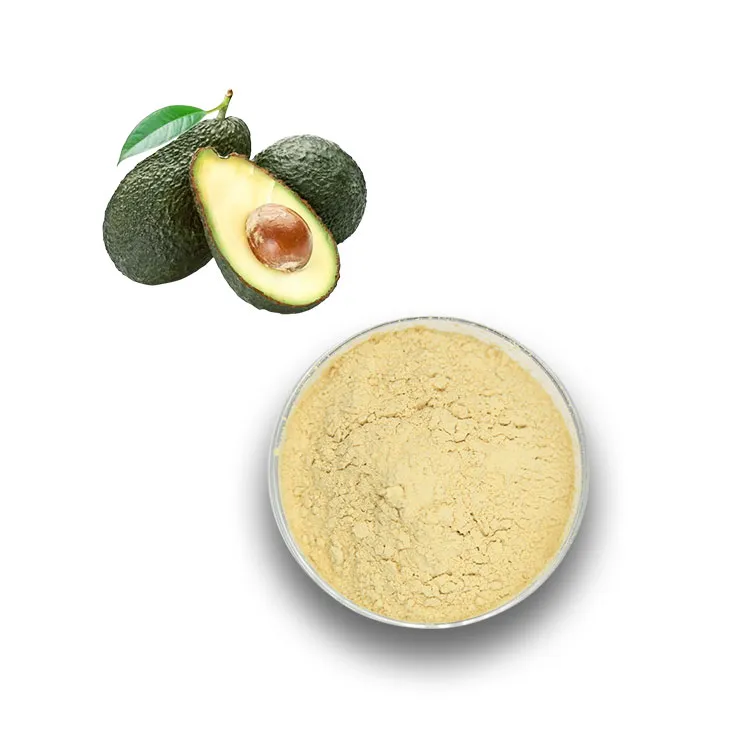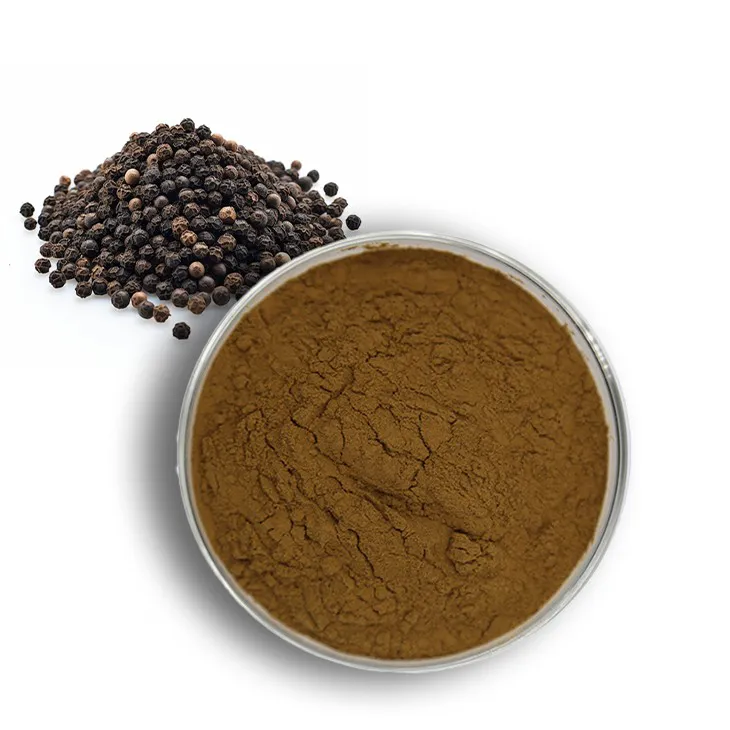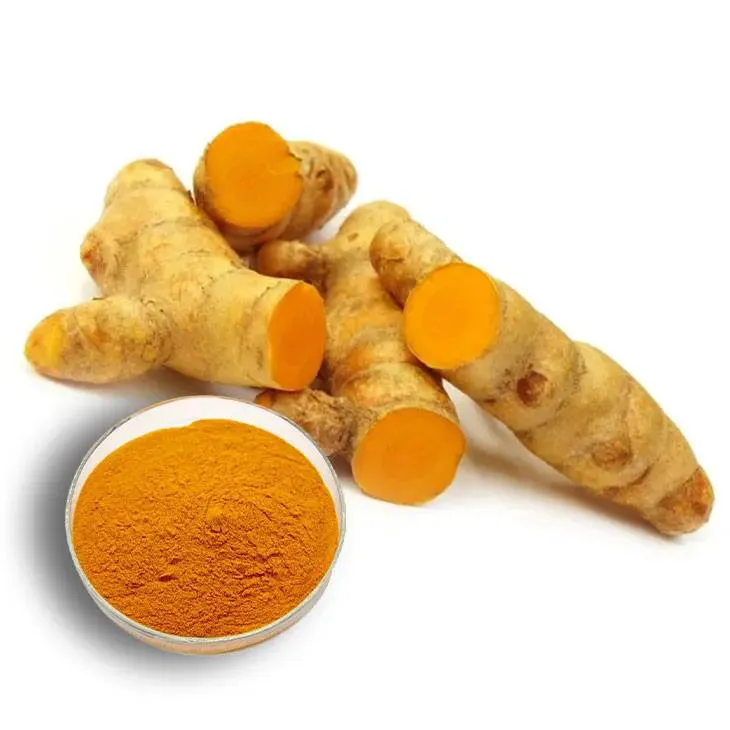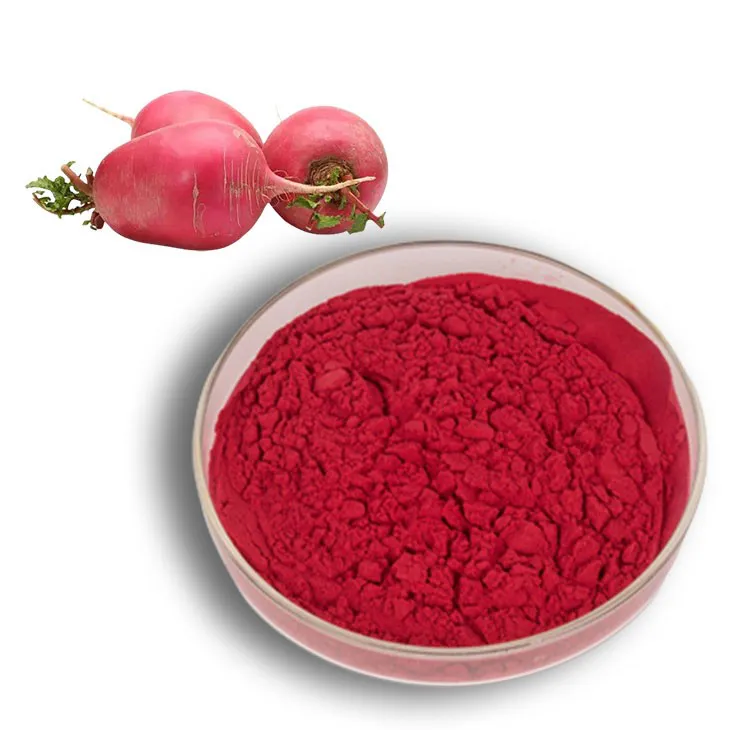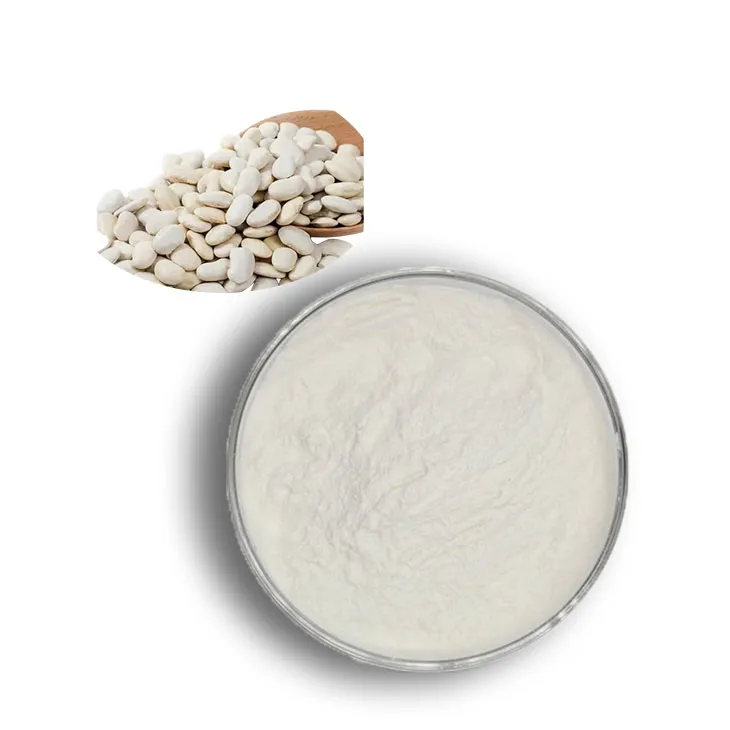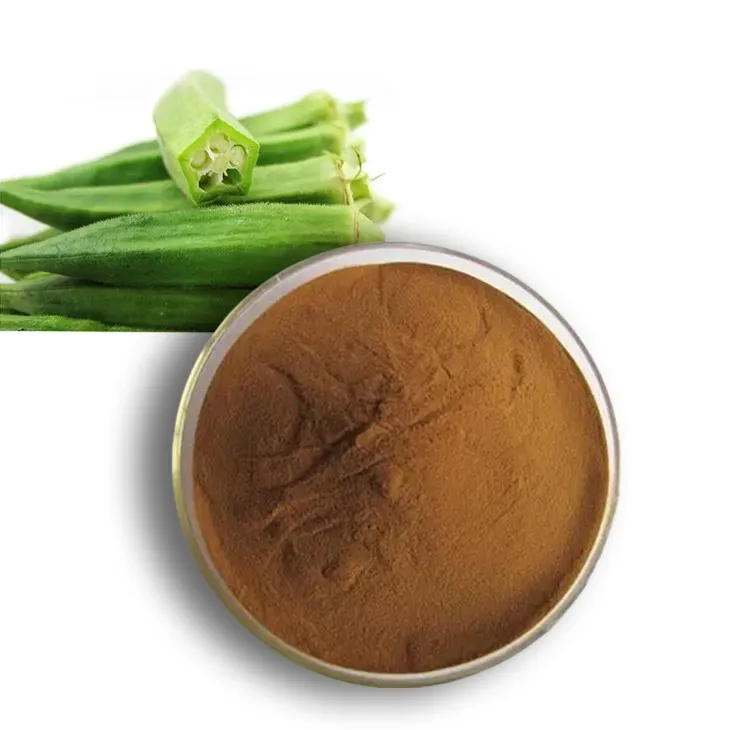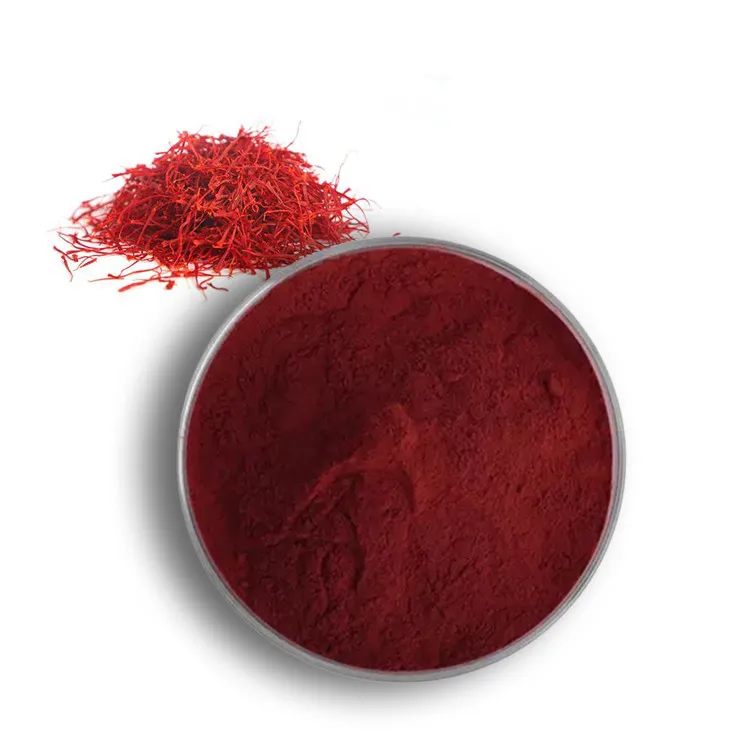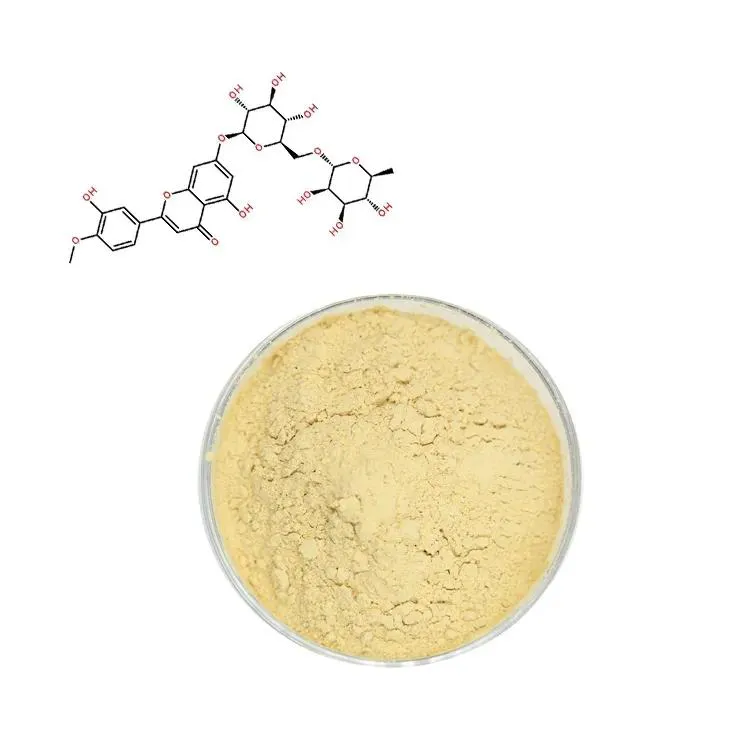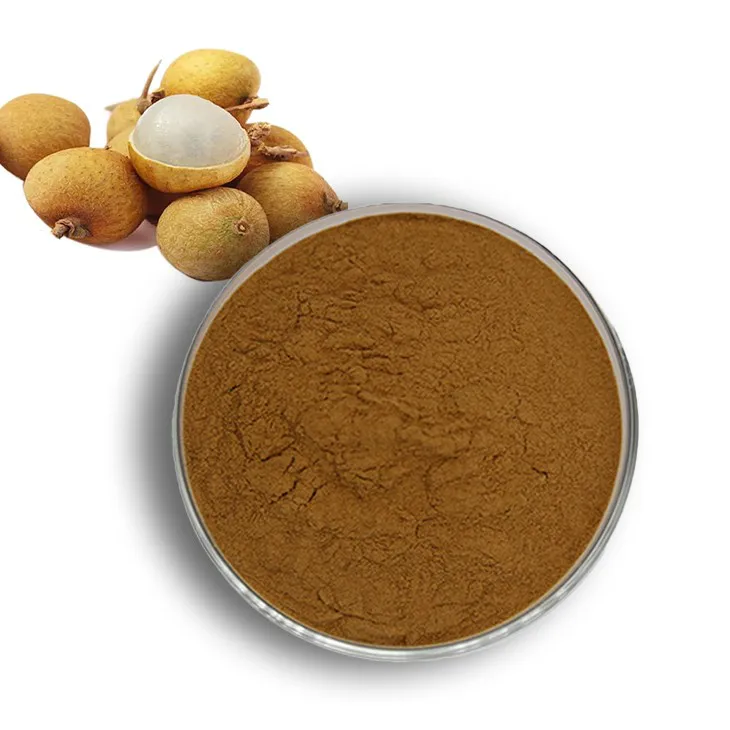- 0086-571-85302990
- sales@greenskybio.com
Plant Extracts vs. Essential Oils: Key Differences and Their Uses
2025-08-16
Plant-based products have become increasingly popular in the realms of health, wellness, beauty, and even cleaning solutions. Essential oils and plant extracts are two prominent forms of plant-derived products, each with distinct compositions and uses. Despite their similarities in origin, there are fundamental differences between plant extracts and essential oils that significantly influence their applications and benefits. This article highlights these differences, explores their extraction methods, and discusses their respective uses in various industries.
Defining Plant Extracts and Essential Oils
Before delving into the differences, it is important to define plant extracts and essential oils clearly.
Plant Extracts
Plant extracts are concentrated substances derived from raw plant materials, which may include leaves, flowers, roots, seeds, bark, or stems. Extraction involves isolating active compounds from these parts, retaining the bioactive compounds and beneficial properties of the plant. Various methods can be used to obtain plant extracts, including solvent extraction, cold pressing, steam distillation, and maceration. These processes yield extracts that preserve specific phytochemicals, nutrients, flavors, and scents native to the plant.
Plant extracts are predominantly produced in liquid form but can also appear as powders or tinctures. These extracts encompass a broader range of properties compared to essential oils and contain many active compounds, including flavonoids, phenolic acids, alkaloids, tannins, and terpenes. They are often used in food additives, herbal medicine, cosmetics, and dietary supplements for their functional benefits.
Essential Oils
Essential oils are highly concentrated, aromatic, and volatile plant compounds extracted exclusively from the aromatic parts of plants, usually through steam distillation or cold pressing. These oils capture the essence and fragrance of the plant and are primarily composed of aromatic compounds and terpenes. Essential oils tend to be more potent and pure in terms of fragrance than plant extracts, making them widely used for aromatherapy and personal care products.
Essential oils, being volatile compounds, evaporate quickly and retain the characteristic scent of the original plant. They contain a few key constituents that contribute to their therapeutic effects. Essential oils are renowned for their ability to influence mood, relax the mind, and provide certain health benefits when used appropriately.
Differences Between Plant Extracts and Essential Oils
While both plant extracts and essential oils are derived from botanical sources, they differ in several key areas:
1. Extraction Method
Plant extracts generally require a broader range of extraction techniques, designed to preserve a variety of active compounds within the plant. Methods like solvent extraction may be employed to capture vitamins, minerals, and non-aromatic chemicals. In contrast, essential oils are primarily extracted using steam distillation or cold pressing, focusing on volatile aromatic compounds and terpenes unique to the plant's scent profile.
2. Composition
Plant extracts often contain a diverse range of chemical constituents due to the comprehensive extraction methods used. These constituents can include vitamins, minerals, fatty acids, polyphenols, proteins, and antioxidants. Essential oils, on the other hand, consist mainly of aromatic compounds and terpenes that define the scent and therapeutic properties of the oil. Essential oils are typically limited to these volatile fractions, whereas plant extracts contain a broader array of phytochemicals.
3. Concentration
Essential oils are much more concentrated than plant extracts. While plant extracts can be diluted or blended easily, essential oils require careful handling due to their potency and potential skin-irritant effects when used undiluted.
4. Volatility and Fragrance
Due to their high concentration of terpenes and aromatic compounds, essential oils are volatile and evaporate quickly, retaining their intense fragrance. Plant extracts are less volatile and may not offer the same aromatic intensity, but their broader composition can confer different functional benefits.
Applications and Uses
The distinct compositions of plant extracts and essential oils lend them to various applications across industries:
1. Aromatherapy
Essential oils are central to aromatherapy, a holistic practice that utilizes the scent and therapeutic properties of these oils to enhance physical and emotional well-being. They are often diffused into the air, used in massage oils, or blended into bath products to promote relaxation, reduce anxiety, and improve overall mood.
2. Personal Care and Cosmetics
Both essential oils and plant extracts are valued in the personal care and cosmetics industry. Essential oils contribute fragrance and may offer antimicrobial and antioxidant benefits in skincare products. Plant extracts provide functional benefits such as hydration, moisturizing, anti-aging effects, and skin soothing properties, derived from their diverse phytochemicals.
3. Food and Beverages
Plant extracts are used in the food and beverage industry to add flavor, nutrition, and functional properties. Examples include herbal teas, food flavorings, and nutrient supplements. Essential oils are occasionally used to impart flavor or aroma, albeit sparingly due to their concentration.
4. Health and Medicine
Plant extracts play a vital role in herbal medicine and dietary supplements, offering various health benefits through their phytonutrients. Common examples include Echinacea Extract for immune support or Green Tea Extract for antioxidant properties. Essential oils may contribute to topical or inhalation therapies, providing benefits such as antimicrobial action or energy stimulation.
5. Cleaning and Home Care
Essential oils are commonly used in natural cleaning products due to their antibacterial and aromatic properties. Plant extracts may also contribute functional benefits, such as soothing or deodorizing effects, in home care formulations.
Safety Considerations and Recommendations
Due to their potency, essential oils require careful guidelines for safe usage, particularly regarding dilution. Essential oils should be diluted in a carrier oil or chosen carefully based on individual skin sensitivities, as undiluted essential oils may cause irritation or allergic reactions. Ingesting essential oils should only be done under professional guidance due to their highly concentrated nature.
In contrast, plant extracts generally pose fewer risks concerning concentration. However, it is essential to ensure quality sourcing and verify the authenticity of product claims. Some individuals may experience allergic reactions or adverse effects based on the compounds present in extracts.
Conclusion
While plant extracts and essential oils both offer valuable benefits derived from their botanical origins, understanding their differences can help in choosing the right product for specific applications. Essential oils stand out for their intense aromatic properties and concentrated therapeutic benefits, suitable for mood enhancement and relaxation. Plant extracts, however, provide a broader range of nutrients and functional benefits in personal care, health, and home care. Knowing these distinctions allows consumers, practitioners, and industries to utilize these plant-based products more effectively, ensuring safety while maximizing their benefits for health and well-being.
Green Sky Bio provides the best extracts and supplements. It is a Chinese self-developed brand that is trustworthy! Welcome to email us to inquire about our products.
- ▶ Hesperidin
- ▶ Citrus Bioflavonoids
- ▶ Plant Extract
- ▶ lycopene
- ▶ Diosmin
- ▶ Grape seed extract
- ▶ Sea buckthorn Juice Powder
- ▶ Fruit Juice Powder
- ▶ Hops Extract
- ▶ Artichoke Extract
- ▶ Mushroom extract
- ▶ Astaxanthin
- ▶ Green Tea Extract
- ▶ Curcumin
- ▶ Horse Chestnut Extract
- ▶ Other Product
- ▶ Boswellia Serrata Extract
- ▶ Resveratrol
- ▶ Marigold Extract
- ▶ Grape Leaf Extract
- ▶ New Product
- ▶ Aminolevulinic acid
- ▶ Cranberry Extract
- ▶ Red Yeast Rice
- ▶ Red Wine Extract
-
Honeysuckle Pollen
2025-08-16
-
Avocado Extract Powder
2025-08-16
-
Black Pepper Extract
2025-08-16
-
Curcumin Extract
2025-08-16
-
Beetroot Powder
2025-08-16
-
Kidney Bean Extract
2025-08-16
-
Okra Extract
2025-08-16
-
Saffron Extract Powder
2025-08-16
-
Diosmin
2025-08-16
-
Longan Extract
2025-08-16











